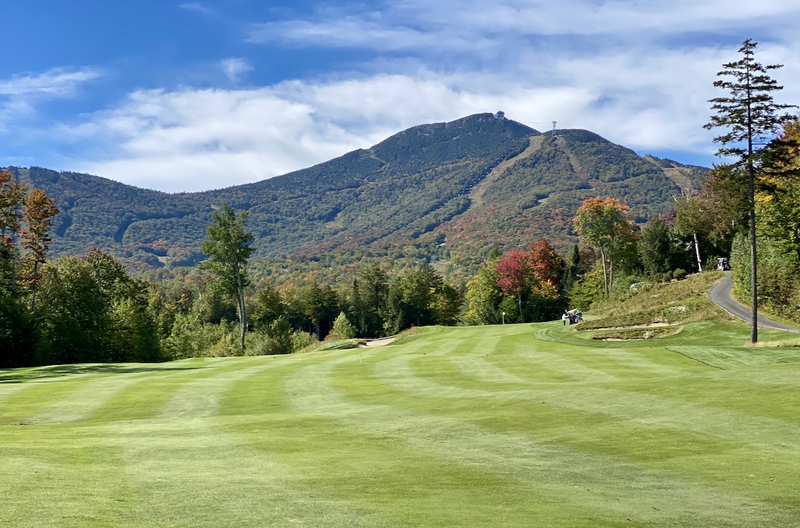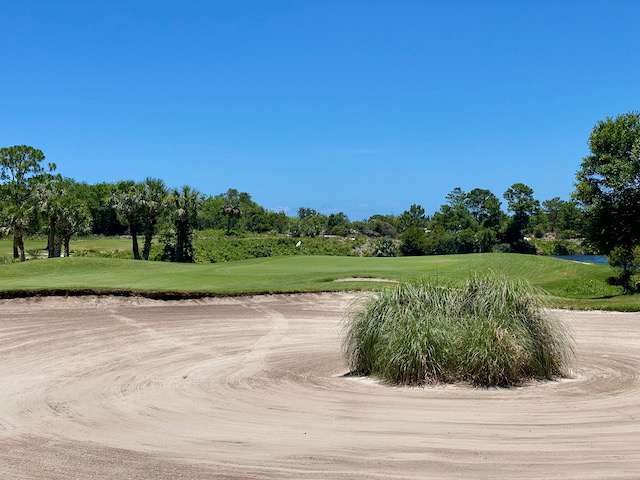A friend informed me this week that he has about $400,000 to spend for a golf-oriented home and is looking at the area north of Myrtle Beach over the state line in North Carolina. He has asked me for ideas, and I told him I would do some research. I have been surprised at what I’ve found.
Over the last two decades, Brunswick County, NC, located immediately north of North Myrtle beach, SC, has been one of the fastest growing counties in the nation. The area is home to sprawling golf course communities, some of them featuring as many as three golf courses inside their boundaries. Most of them have been traditionally among the most reasonably priced communities along the Grand Strand, which straddles Highway 17 from Georgetown, SC, to almost Wilmington, NC, a stretch of more than 100 miles. At its peak, the Strand was home to more than 125 golf courses, most of them attached to communities with a mix of single-family homes, townhouses and condos. Today, about a third of those golf courses are gone, most redeveloped for housing.
In the area my friend is looking, the lowest priced real estate is found in Brunswick Plantation, Crow Creek and Sea Trail, the oldest golf community in the area, founded in 1977. Crow Creek (opened in 2000) features a single 18-hole layout; Brunswick (opened in 1991) and Sea Trail offer 27 holes and 54 holes, respectively. All three are less than a 50-minute drive to the quite functional Myrtle Beach International Airport and less than 15 minutes to an Atlantic Ocean beach. Good local shopping has followed the increase in population density.
 River's Edge is one of the attractive golf communities north of the SC/NC border just off US Highway 17 that has seen shrinking inventories and higher prices. Currently, there is just one single-family home and one condo for sale in the community, at $565,000 and $259,000, respectively.
River's Edge is one of the attractive golf communities north of the SC/NC border just off US Highway 17 that has seen shrinking inventories and higher prices. Currently, there is just one single-family home and one condo for sale in the community, at $565,000 and $259,000, respectively.In short, these three golf communities and others nearby have what most retirees and vacationers are looking for – convenience, proximity to services and fine golf options. But they lack one important criterion – single-family homes priced below $400,000. Those have become as rare on the Grand Strand as the proverbial hens’ teeth. Brunswick Plantation offers the most, seven listings between $361,000 and $388,000. Crow Creek is showing just one such home, at $340,000 and on a lot barely larger than 1/10 acre. And at Sea Trail, only two single-family homes are currently for sale, starting at $612,000. The only 3-bedroom residences at Sea Trail are a couple of condos, with prices starting above $400,000.
The story is the same up and down the Grand Strand. That $400K mark is the new $300K from just before the pandemic, when folks fleeing the cities moved to the beach and the continuing flow of Baby Boomers gobbled up all available homes. Supply and demand drives prices, along with a dollop of location, location, location – and that is how we have gotten here from there.
That’s the bad news. But for those who don’t mind living next to their neighbor – as in one wall separating you from them -- there are plenty of condos for sale in these and other well organized golf communities in the Myrtle Beach area, starting in the $200s and $300s. And excellent golf is as convenient as it is for those in single-family homes down the street.

























